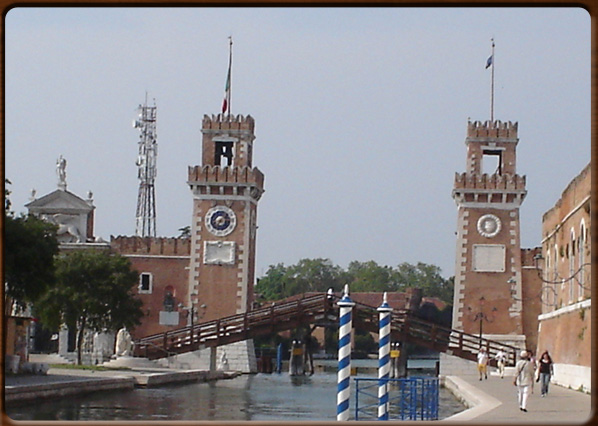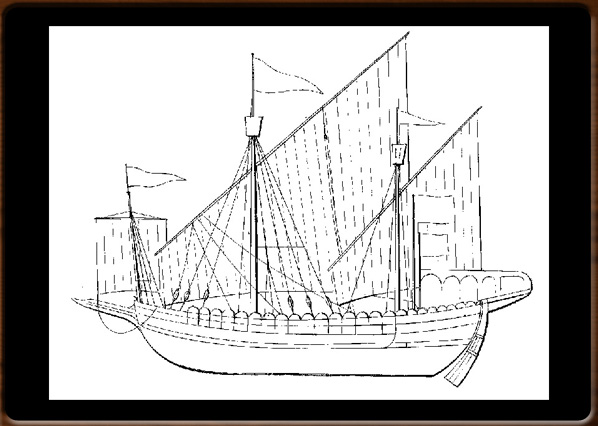
Arsenale entry

Cocca. Large transport vessel.

Venetian commercial galley.

Two Cocca reproduced in a lace.




No video
In the early 1200s Venice started to play a dominant role in commerce in the Mediterranean and trade with the East.
The mid 1300s saw the max expansion of its trading empire. By the end of that century, Venice had become the number one merchant power in the Mediterranean and one of Europe’s richest states.
Sea routes were crucial for Venice. It organised convoys, the so-called “mude”, formed by rowing galleys with auxiliary sails (and thus capable of sailing regardless of the wind conditions), which it contracted out to private entrepreneurs.
These convoys of armed and escorted galleys were mainly used for what was known as “thin” cargos, i.e. those with the greatest value in the least space. Other goods, accounting for the greater part of Venice’s trade, sailed freely across the waters on large, round sailing ships called “cocche” with mean capacity of 370 tons.
These belonged to private companies and generally bore the name of the family holding the most shares in the business. These cocche and other ships not involved in the mude (organised voyages with several vessels) were often away from Venice for years, being used for local traffic on distant seas.
However they did also use the same shipping routes as the mude at times.
It has been calculated that at the end of the 1300s Venice had no fewer than 3300 privately owned ships (small and large alike), not including the galleys.
1100 - 1200 - - rev. 0.1.6